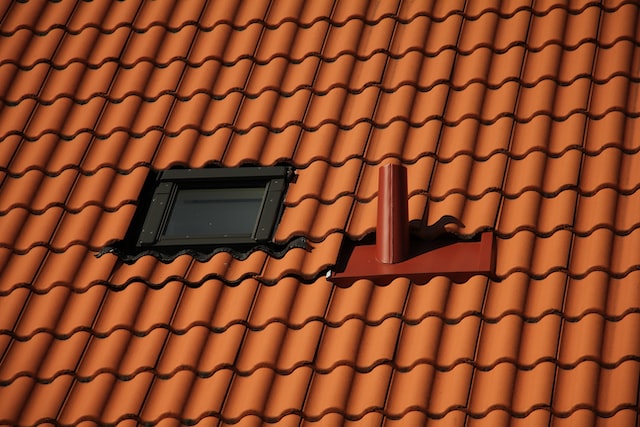Your roof is your home’s shield against the elements, but severe weather or unexpected accidents can lead to damage that requires immediate attention. When disaster strikes and you’re faced with a roofing emergency, knowing how to respond can help prevent further damage and protect your home. In this article, we’ll provide essential emergency roof repair tips to guide you through these challenging situations.
1. Safety First
Before attempting any emergency roof repairs, prioritize your safety:
- If there’s a risk of electrical hazards due to exposed wires, stay away from the affected area.
- If the roof damage is extensive or poses a significant safety risk, evacuate your home and call emergency services.
- Exercise caution when climbing on your roof. If in doubt, leave the repair to professionals.
2. Temporary Leak Mitigation
If your roof is leaking and causing water damage inside your home, take immediate steps to mitigate the situation:
- Place buckets or containers under the leak to collect water and prevent it from spreading.
- Use towels, rags, or a mop to soak up excess water on the floor to prevent slipping hazards.
- If there’s a bulging or sagging ceiling, carefully puncture a small hole to release the trapped water. Be prepared for water to rush out when you do this.
3. Tarps and Temporary Covers
To prevent further water infiltration, cover the damaged area with tarps or plastic sheeting:
- Secure tarps over the damaged section using heavy-duty ropes or bungee cords.
- Ensure the tarp extends beyond the damaged area to divert water from your home.
- Weigh down the tarp’s edges with heavy objects to keep it in place.
4. Clear Debris
If the roof damage is due to falling debris, clear any debris from the roof as safely as possible. Remove branches, leaves, or objects that could exacerbate the problem or cause additional damage.
5. Document the Damage
Take photos or videos of the damage for insurance purposes. This documentation can be crucial when filing a claim with your homeowner’s insurance company.
6. Temporary Repairs
If you have the necessary skills and tools, you can attempt temporary repairs to stop the leak:
- Use roofing cement to seal cracks or gaps around flashing, vents, or damaged shingles.
- Replace missing or damaged shingles or tiles with temporary roofing materials, such as spare shingles or plastic sheeting.
- Apply caulk or sealant to seal small holes or cracks in the roof.
7. Professional Assistance
While temporary repairs can help in the short term, it’s essential to contact a professional roofing contractor as soon as possible:
- Schedule a professional inspection to assess the extent of the damage.
- Seek estimates for permanent repairs or roof replacement.
- Ensure the contractor is licensed and insured.
8. Insurance Claim
Contact your homeowner’s insurance company to report the roof damage and initiate the claims process. Provide them with the documentation and estimates you gathered.
9. Preventive Measures
Once the immediate emergency is addressed, consider preventive measures to avoid future roofing emergencies:
- Schedule regular roof inspections and maintenance to identify and address issues before they become emergencies.
- Trim overhanging tree branches to reduce the risk of falling debris during storms.
- Invest in high-quality roofing materials that are more resistant to damage.
Act Swiftly and Safely
When a roofing emergency occurs, quick and safe action is crucial to minimize damage and protect your home. Prioritize safety, take temporary measures to mitigate the situation, document the damage, and seek professional assistance to address the issue properly. With the right steps and professional help, your roof can be restored, and your home can be protected from further harm.
